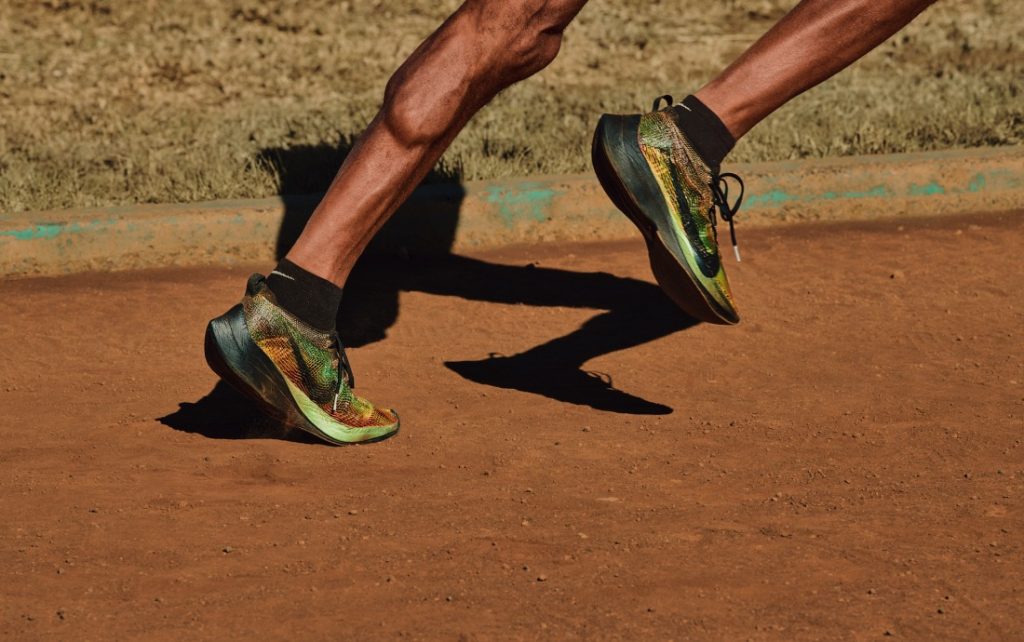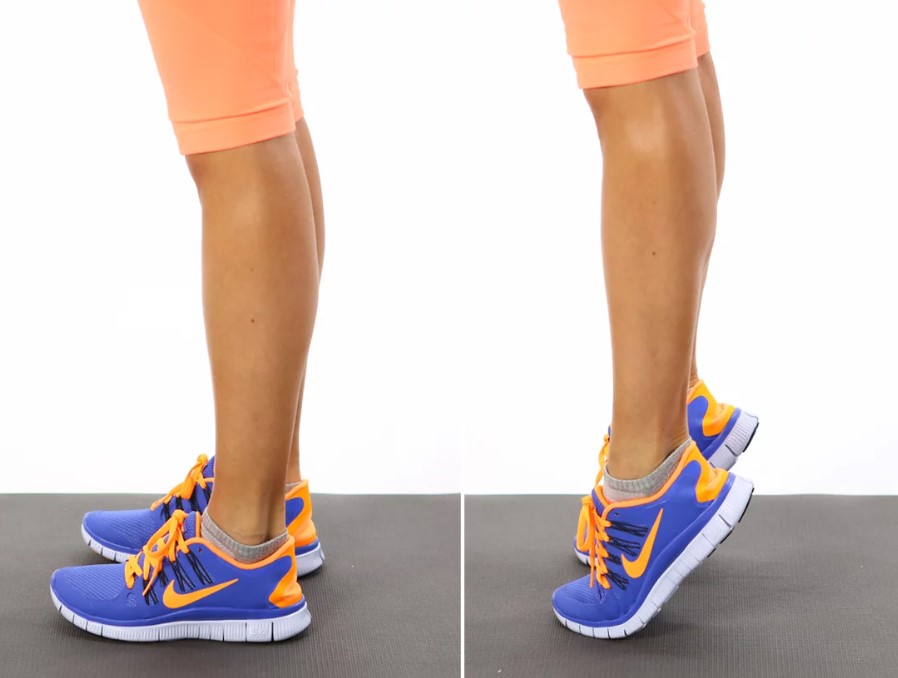Calf weakness is a common hurdle encountered by runners, often resulting in discomfort and potential injuries in the foot and lower leg. When assessing a runner’s gait mechanics, one noticeable manifestation is the excessive forward movement of the knee beyond the toe during mid-stance, referred to as increased anterior tibial translation. Although there are several contributing factors to this issue, our primary focus today revolves around the significant impact of calf weakness. To experience, exceptional performance in running, choose the best footwear for your runs like Tarkine Trail Devil shoes.


- Stand on both feet and raise your heels off the ground, maintaining balance by utilizing a nearby wall for support. Take note of the maximum height you are able to achieve during this motion.
- Transition from the raised position onto one foot. Can you sustain the same height or do you experience a slight decrease? If you find it challenging to maintain the full height, it suggests a weakness in your calf strength.
- If you can sustain the full height, challenge yourself further by completing 20 repetitions of single-leg heel raises within the same range. Pay attention to the point at which you begin to lose range or encounter difficulties.
It is essential to be aware of common errors that may impact the accuracy of this self-test. Frequently observed mistakes during clinical evaluations include performing partial range heel raises, allowing the ankle to roll inward, or shifting weight onto the outside of the foot at the top of the movement.

It is advised to avoid strenuous calf-strengthening exercises immediately prior to an intense run. Excessive fatigue in the calf muscles beforehand can have an adverse effect on your performance. As with any strength training routine, it is important to listen to your body and incorporate appropriate rest days.
By actively addressing calf weakness, runners can significantly reduce the risk of discomfort and injuries, paving the way for a more enjoyable and sustainable running experience. Strengthening your calves plays a vital role in establishing a solid foundation to help you achieve your running goals safely and efficiently. Embrace the power of strength and witness your runs propel you to new heights.
















